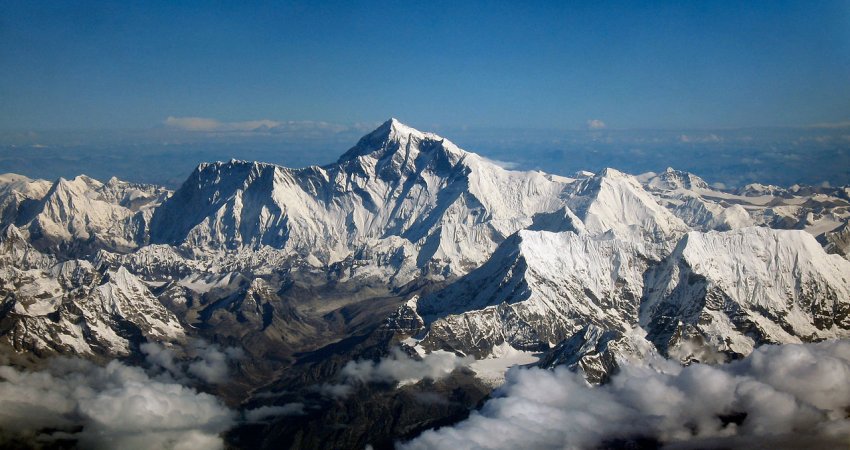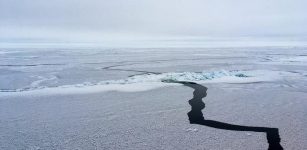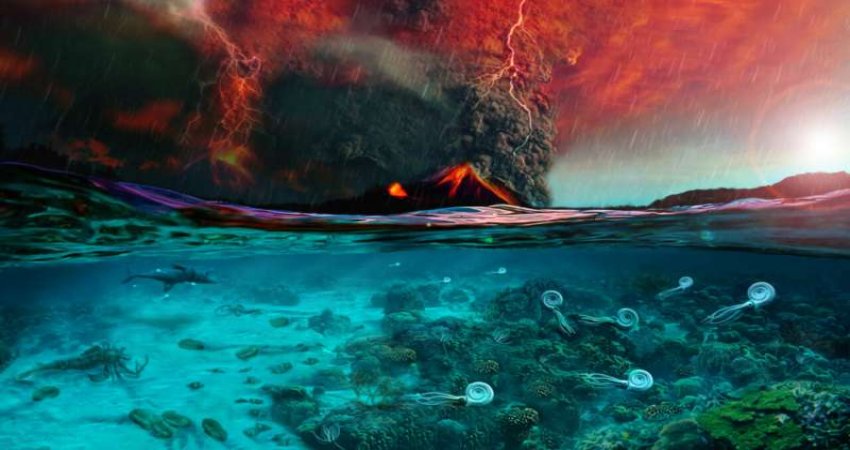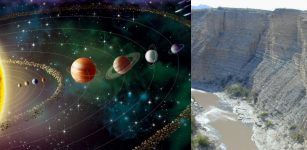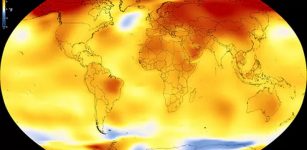Rain Observed On Greenland For The First Time – Signals Of Climate Change Risk
Eddie Gonzales Jr. – MessageToEagle.com – On August 14, 2021, the rain was observed at the highest point on the Greenland Ice Sheet for several hours, and air temperatures remained above freezing for about nine hours
For the first time on record, precipitation on Saturday on top of Greenland was approximately two miles (3 kilometers) above sea level, and it was rain and not snow.
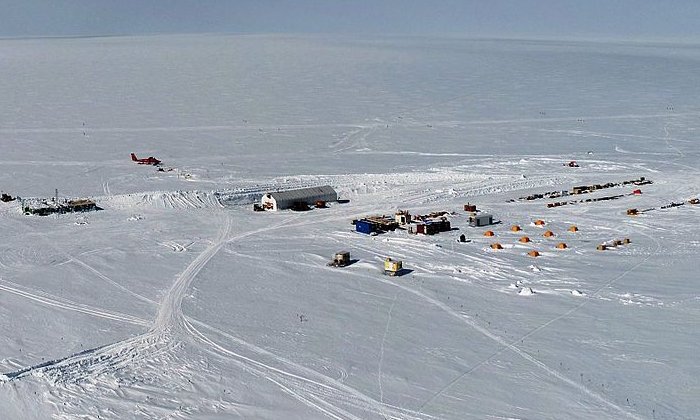 Summit Station on Greenland.Image credit: Capricorn4049 / Wikipedia
Summit Station on Greenland.Image credit: Capricorn4049 / Wikipedia
It seems as if we have experienced another sign of global warming, and this time on Greenland. During the heavy rainfall, more than 7 billion tonnes of water fell over Greenland’s ice-covered peak, which could lead to the melting of the ice being accelerated. Jennifer Mercer, from the American National Science Foundation, which runs the research station Summit Camp on the top of Greenland, tells CNN about the heavy rainfall:
“It means that we need to consider weather events that we have not had to deal with before in the history of our operations there. Increasing weather events including melting, high winds, and now rain, over the last 10 years have occurred outside the range of what is considered normal. And these seem to be occurring more and more,” said Jennifer Mercer, program officer for the Office of Polar Programs at the National Science Foundation.
She also told CNN that “it means that we need to consider weather events that we have not had to deal with before in the history of our operations there.”
As Greenland’s ice melts, so does the sea level. In 2019, approximately 532 billion tonnes of ice melted and flowed into the sea, which led to sea levels rising by approximately 1.5 millimeters.
Temperatures at the Greenland summit over the weekend rose above freezing for the third time in less than a decade. The warm air fueled an extreme rain event that dumped 7 billion tons of water on the ice sheet, enough to fill the Reflecting Pool at the National Mall in Washington, DC, nearly 250,000 times.
It was the heaviest rainfall on the ice sheet since record-keeping began in 1950, according to the National Snow and Ice Data Center, and the amount of ice mass lost on Sunday was seven times higher than the daily average for this time of year.
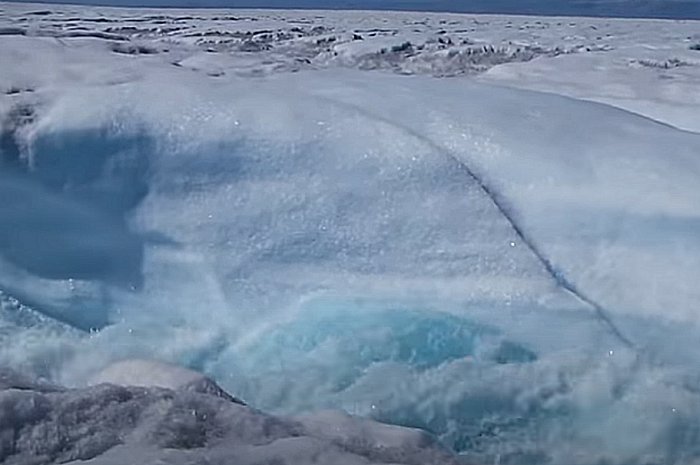 Rivers of meltwater on Greenland’s ice sheet contribute to rising sea levels. Image credit: UCLA
Rivers of meltwater on Greenland’s ice sheet contribute to rising sea levels. Image credit: UCLA
Ted Scambos, a senior research scientist at the National Snow and Ice Data Center at the University of Colorado, said that “what is going on is not simply a warm decade or two in a wandering climate pattern,” Scambos told CNN. “This is unprecedented.”
This is evidence that Greenland is warming rapidly, and the signs of this process are clearly visible in the region.
The National Science Foundation’s Summit Station is located at the highest point on the Greenland ice sheet, where scientists can observe Arctic weather and changes in the ice. The station has been staffed year-round to observe extreme changes since 1989. The majority of the weekend’s rain fell from the southeast coast of Greenland up to the Summit Station.
“There is no previous report of rainfall at this location (72.58°N 38.46°W), which reaches 3,216 meters (10,551 feet) in elevation. Earlier melt events in the instrumental record occurred in 1995, 2012, and 2019; prior to those events, melting is inferred from ice cores to have been absent since an event in the late 1800s. The cause of the melting event that took place from August 14 to 16, 2021, was similar to the events that occurred this late July, where a strong low-pressure center over Baffin Island and high air pressure southeast of Greenland conspired to push warm air and moisture rapidly from the south,” writes NSIDC.
 Summit Station, Greenland is located at the red marking. Image credit: Screenshot, Google Maps
Summit Station, Greenland is located at the red marking. Image credit: Screenshot, Google Maps
Researchers added that because of the significant rain event, operations at the Summit Station would need to change.
As human-caused climate change warms the planet, ice loss has rapidly increased. A major UN climate report released this month concluded that the burning of fossil fuels led to Greenland melting over the past two decades. A recent study published in the journal Cryosphere found Earth has lost a staggering 28 trillion tonnes of ice since the mid-1990s, a large portion of which was from the Arctic, including the Greenland ice sheet.
In July, the Greenland ice sheet experienced one of the most significant melting events in the past decade, losing more than 8.5 billion tons of surface mass in a single day, which was enough to submerge Florida in two inches of water. It was the third instance of extreme melting in the past decade, during which time the melting has stretched farther inland than the entire satellite era, which began in the 1970s.
In 2019, Greenland shed roughly 532 billion tons of ice into the sea. During that year, an unexpectedly hot spring and a July heatwave caused almost the entire ice sheet’s surface to begin melting. Global sea level rose permanently by 1.5 millimeters as a result.
“We are crossing thresholds not seen in millennia, and frankly this is not going to change until we adjust what we’re doing to the air,” Scambos. told CNN.
Written by Eddie Gonzales Jr. MessageToEagle.com Staff

